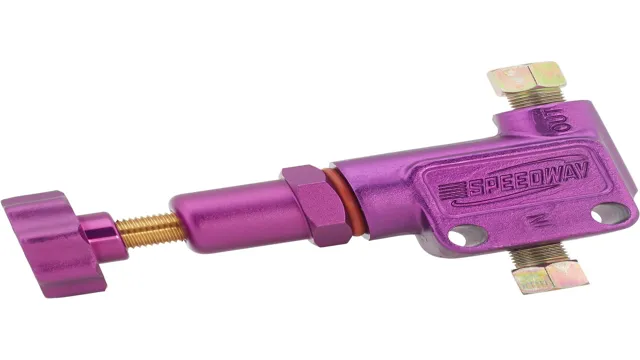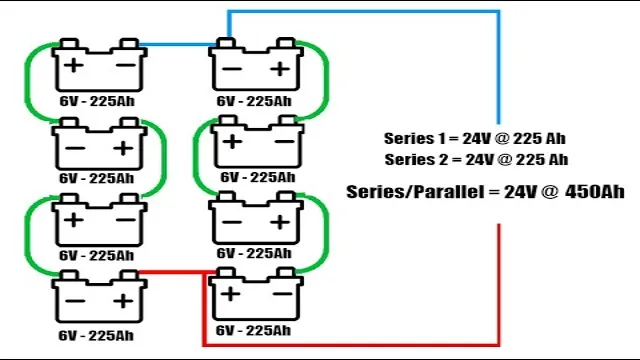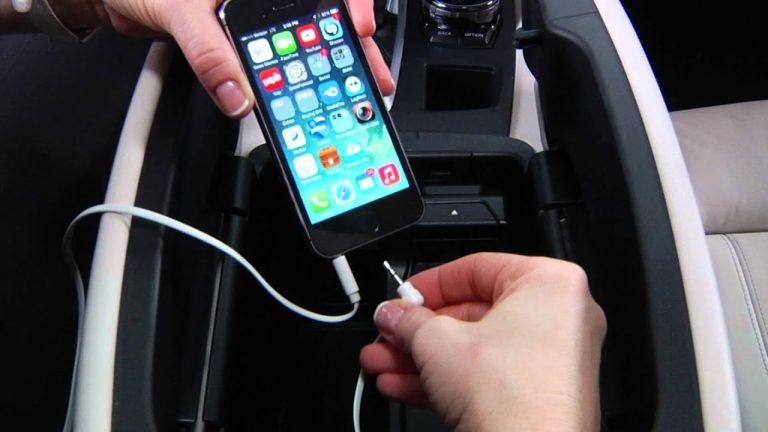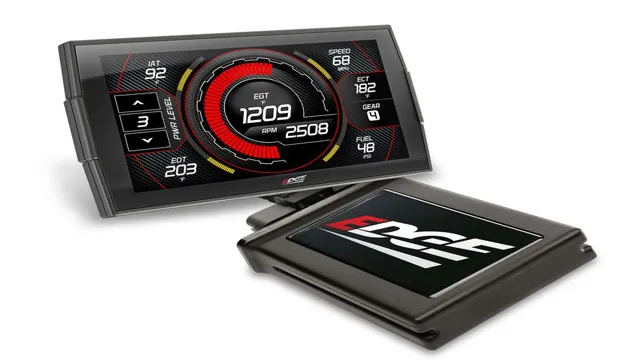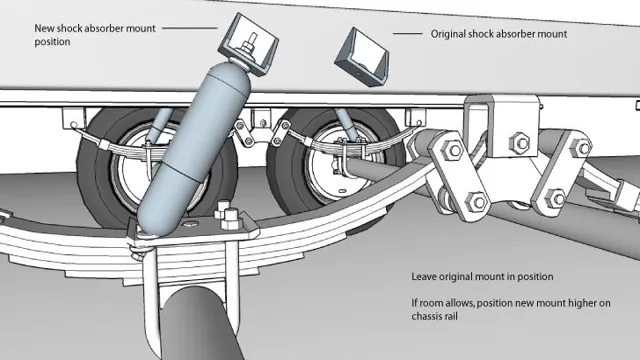How to Tell If Fuel Pressure Regulator is Bad: Quick Guide
Are you experiencing issues with your vehicle’s fuel system? It could be due to a bad fuel pressure regulator. The fuel pressure regulator is a crucial component that ensures the proper flow of fuel to the engine. When it malfunctions, it can lead to a variety of problems that can affect your vehicle’s performance. In this article, we will discuss the symptoms of a bad fuel pressure regulator and how to test if it’s the culprit.
Symptoms of a Bad Fuel Pressure Regulator
Identifying the symptoms of a bad fuel pressure regulator is essential for timely diagnosis and repair. Here are some common signs that indicate a faulty fuel pressure regulator:
- Fuel inside the vacuum line
- Poor gas mileage
- Rough idle
- Poor engine performance
- Hard start
When you notice any of these symptoms, it’s important to address the issue promptly to prevent further damage to your vehicle’s engine.

Credit: www.youtube.com
Testing the Fuel Pressure Regulator
Testing the fuel pressure regulator is a critical step in determining if it’s the root cause of the problems you’re experiencing. Here’s how you can test the fuel pressure regulator:
- Begin by removing the vacuum hose connected to the fuel pressure regulator.
- Check for the presence of fuel inside the hose or the port on the regulator.
- If fuel is present, it indicates a faulty fuel pressure regulator that needs to be replaced.
By performing this simple test, you can quickly determine if the fuel pressure regulator is the culprit behind your vehicle’s issues.
Replacement Cost and Failure Causes
Understanding the potential causes of fuel pressure regulator failure and the associated replacement cost can help you prepare for the necessary repairs. Some common causes of fuel pressure regulator failure include:
- Worn out internal components
- Clogging due to debris in the fuel system
- Excessive wear and tear over time
The replacement cost for a fuel pressure regulator can vary depending on the make and model of your vehicle. It’s advisable to consult a professional mechanic for an accurate assessment of the replacement cost.
Check Engine Light and Engine Performance
A malfunctioning fuel pressure regulator can trigger the check engine light on your dashboard. Additionally, it can lead to poor engine performance, rough running, and black smoke emissions. If you notice these signs, it’s crucial to address the issue promptly to prevent further damage to your vehicle’s engine.
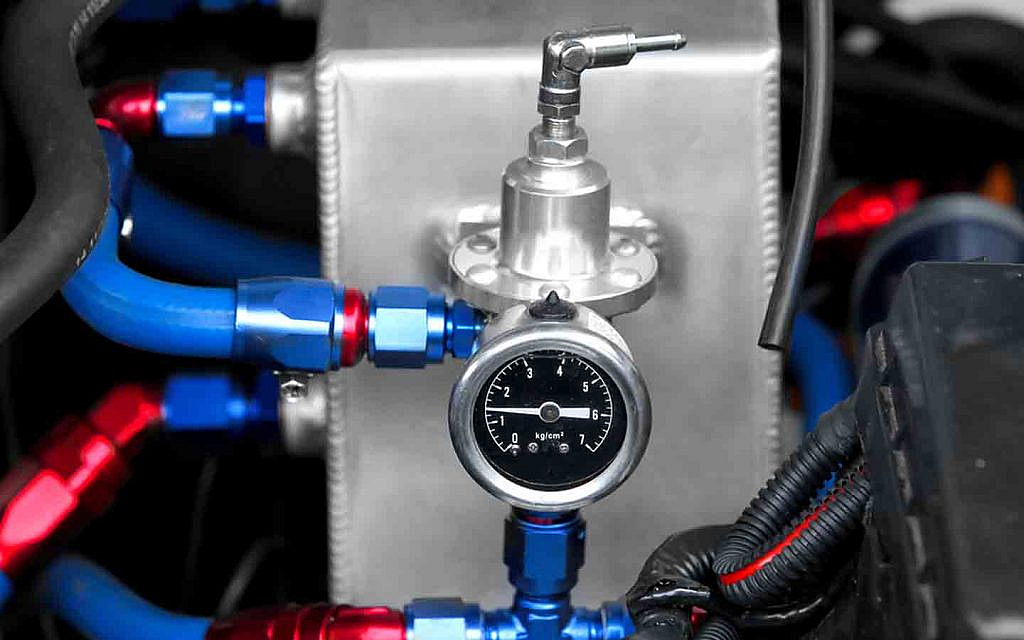
Credit: www.dubizzle.com
Propane Regulator Comparison
Propane regulators can also exhibit similar symptoms when they go bad. Signs of a faulty propane regulator include faster depletion of propane, unusual hissing or whistling sounds, and irregular gas flow. It’s important to differentiate between the symptoms of a bad fuel pressure regulator and those of a faulty propane regulator to ensure accurate diagnosis and repair.
Frequently Asked Questions
How Do You Test A Fuel Pressure Regulator?
To test a fuel pressure regulator, connect a gauge to the fuel rail, start the engine, and check pressure.
What Happens When The Fuel Pressure Sensor Goes Bad?
A bad fuel pressure sensor can trigger the check engine light, disrupt fuel supply, leading to hard starts, loss of power, and engine performance issues.
How Does A Vehicle Start With A Bad Fuel Pressure Regulator?
A vehicle with a bad fuel pressure regulator may start but run rough or stumble at high RPM.
How Do I Know If My Gas Pressure Regulator Is Bad?
Signs of a bad gas pressure regulator include poor gas mileage, rough idle, and poor engine performance.
Conclusion
Identifying the symptoms of a bad fuel pressure regulator and testing it for faults are essential steps in maintaining your vehicle’s optimal performance. By understanding the signs of a faulty fuel pressure regulator and knowing how to test it, you can take proactive measures to address the issue and prevent potential damage to your vehicle’s engine. If you encounter any of the symptoms mentioned in this article, it’s advisable to seek professional assistance for a thorough inspection and repair of your vehicle’s fuel pressure regulator.


